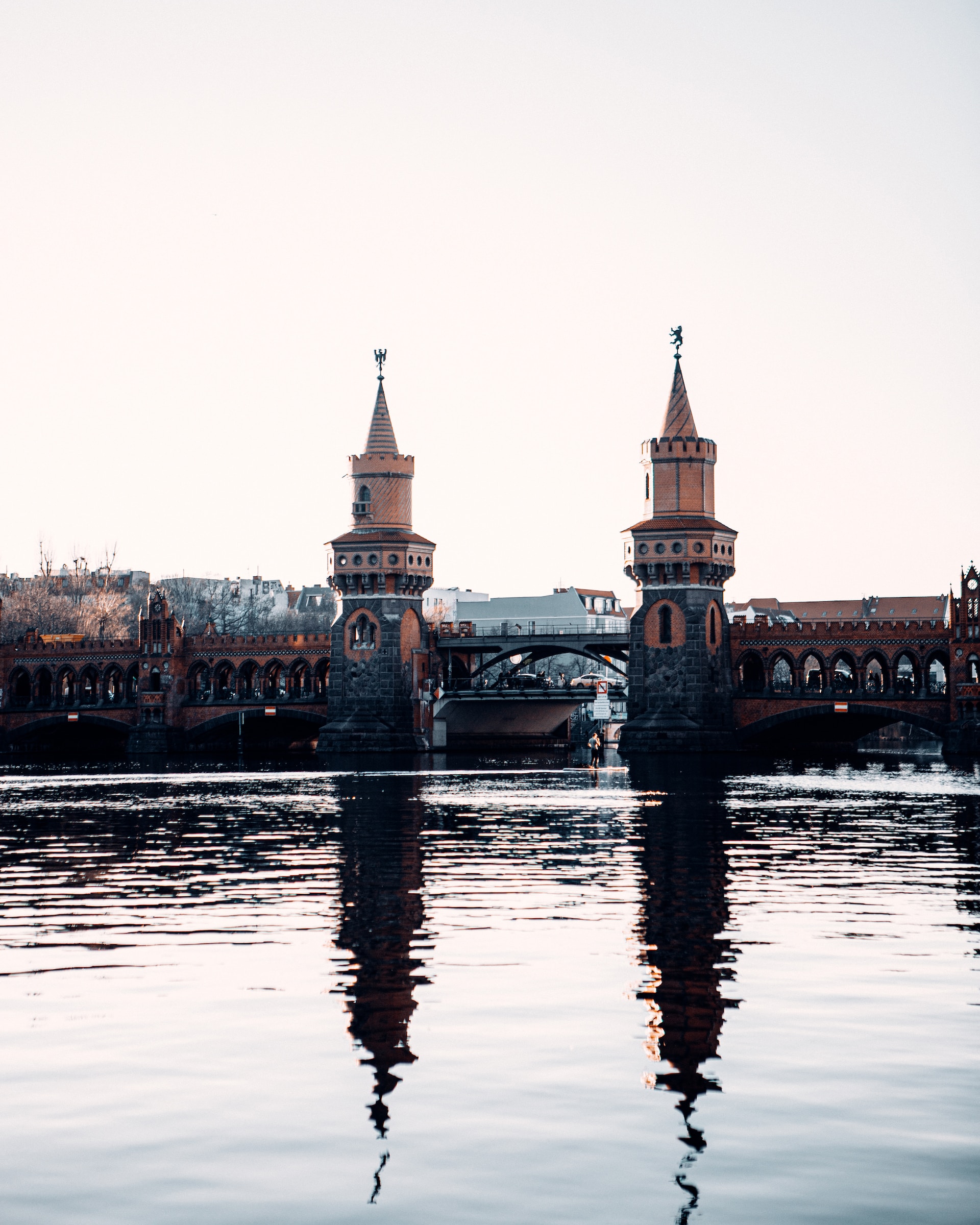Introduction
Berlin, the capital of Germany, was divided into two parts after World War II: East Berlin and West Berlin. The division created stark differences between the two regions in terms of politics, economy, lifestyle, and opportunities. In this blog post, we will explore the key aspects that differentiate East and West Berlin and examine the question: which was better?
History of the Division
In 1945, after the end of World War II, Germany was divided into four occupation zones controlled by the Allied Powers. The Soviet Union took control of East Germany, including East Berlin, while the United States, Britain, and France administered West Germany, including West Berlin. The division symbolized the larger ideological struggle of the Cold War between the Soviet Union and the Western powers.
1. Economic Aspects
West Berlin experienced rapid economic growth and became a symbol of the “economic miracle” in post-war Germany. It received substantial financial aid from the Western powers, which contributed to its advancement and led to a higher standard of living. On the other hand, East Berlin, under Soviet control, followed a socialist economic system, which resulted in limited opportunities, state-controlled industries, and lower living standards.
2. Political Differences
West Berlin thrived as a democratic society with political freedom, free elections, and an independent press. It was closely aligned with Western ideals and provided a haven for those seeking refuge from Communist rule in East Germany. In contrast, East Berlin functioned as a Communist state with restricted political freedoms, limited civil rights, and surveillance by the Stasi, the secret police force.
3. Cultural and Social Life
West Berlin was known for its vibrant cultural scene, drawing artists, musicians, and intellectuals from all over the world. It offered a diverse range of entertainment, including theaters, museums, and nightlife. In contrast, East Berlin had a more controlled artistic landscape, with limited freedom of expression and censorship by the government.
4. The Berlin Wall
The construction of the Berlin Wall in 1961 further intensified the differences between East and West Berlin. The wall effectively cut off East Berlin from the rest of the city, physically dividing families, friends, and communities. While the wall aimed to prevent East Germans from fleeing to the West, it also served as a potent symbol of the division and repression experienced by those living in East Berlin.
Conclusion
Deciding which side of Berlin was better, East or West, is subjective and depends on individual preferences and values. West Berlin offered more opportunities, economic growth, political freedom, and a vibrant cultural scene. In contrast, East Berlin provided social security, albeit at the cost of limited individual liberties. The division between East and West Berlin was more than just a physical barrier; it represented the clash of ideologies during the Cold War. It’s essential to consider these historical factors when evaluating which part of Berlin was better.






Leave a Reply